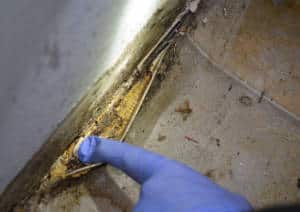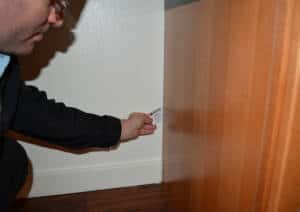Pest Exclusion For Rodents And Insects
The key to avoiding pest infestations is preventing them from getting inside your property in the first place. This is a proactive approach and could save you time, money and frustration later on down the road.
Pest prevention is a major component of our Integrated Pest Management (IPM) approach. If you have a pest problem we can provide a thorough inspection that identifies how pests are entering your building. Our trained technicians can also provide the repairs or modifications to keep them out.
What Is Rodent Exclusion
Rodent exclusion is closing rodent entry points to keep them out of structures. Any hole or gap a rat or mouse can fit its skull through or under should be considered a possible entry point. Any hole larger than 1/4″ for a mouse and 1/2″ for a rat. Includes broken screens or vents, gaps around utility pipes, breaks and gaps in the foundation, and gaps under or between doors.
Rodent Entry Points
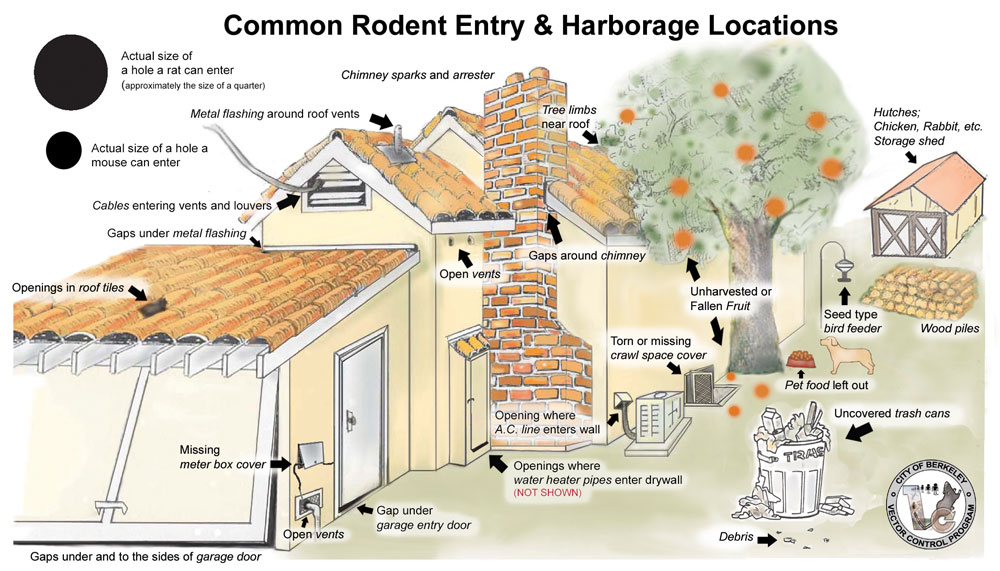
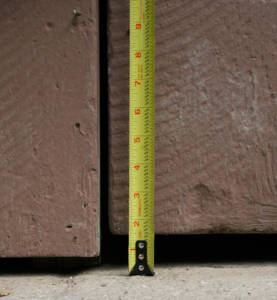
Gap Under Door Allowing Rodent Entry
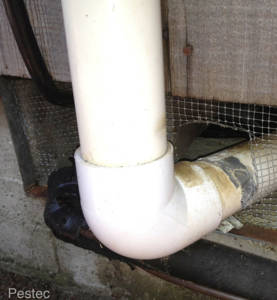
Gap Around Utility Penetration
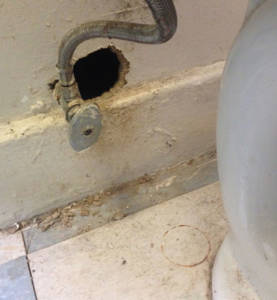
Gap Around Plumbing
Rodent Resistant Materials
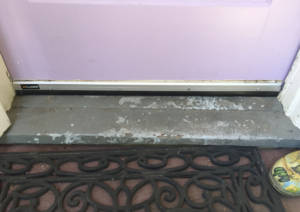
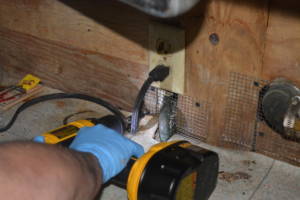
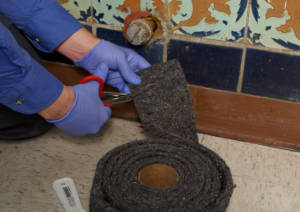
Each building and infestation is different so the type of materials needed will be determined during the initial inspection.
What Is Insect Exclusion
Pest exclusion is an important part of IPM. Insects like cockroaches and bed bugs can fit into even smaller gaps than rodents. This can be very problematic. Especially in multi-unit housing.
A test we use to locate potential pest harborage is the business card check. If we can slide a business card in a crack and crevice it is a space that insects like cockroaches and bed bugs can use.
Insect Entry Points And Hiding Places
- Gaps behind baseboards
- Joints where cabinets touch the floor and walls
- Voids under and behind cabinets
